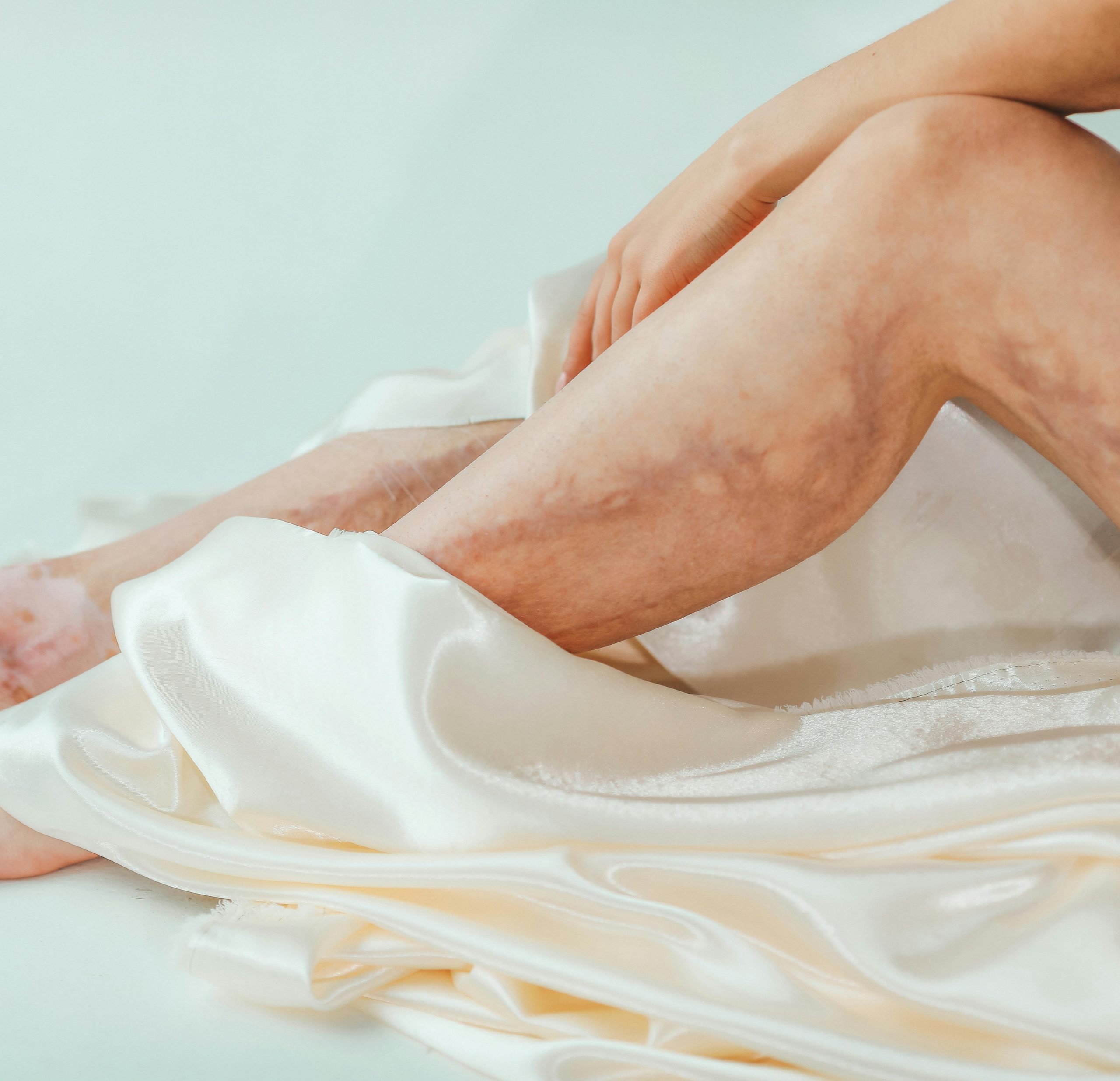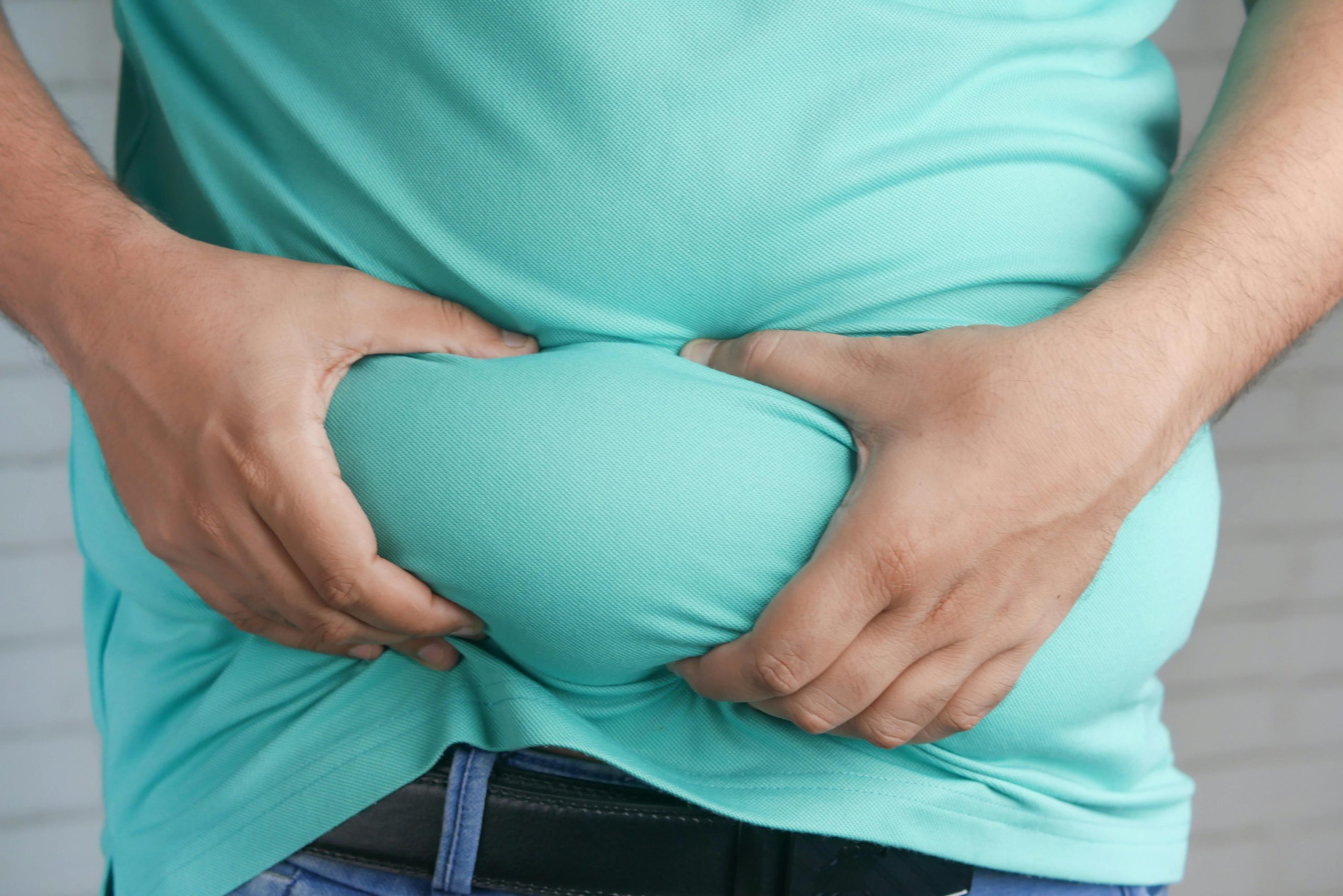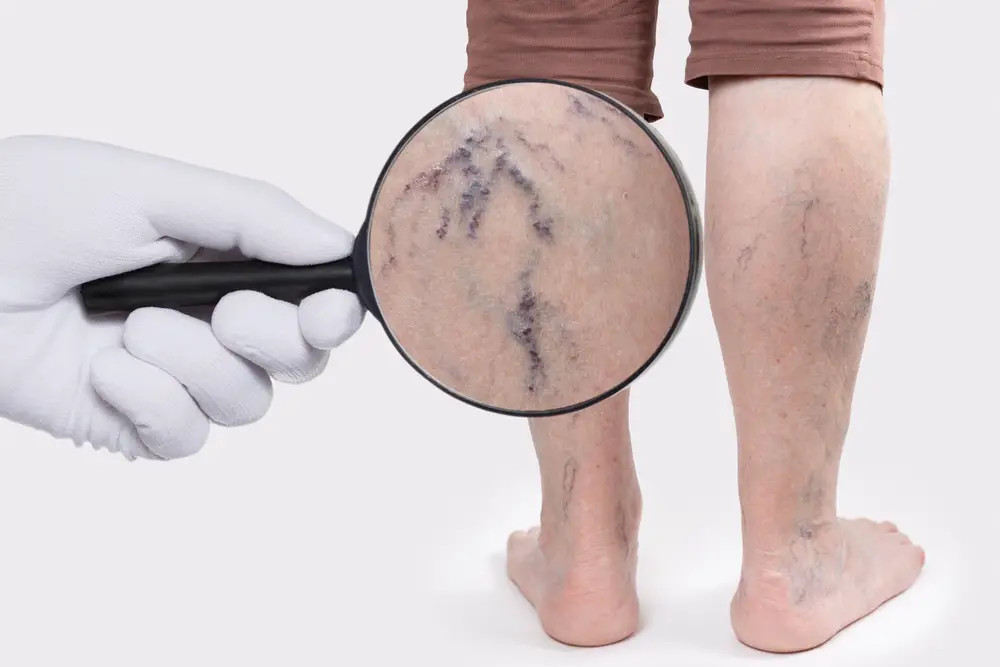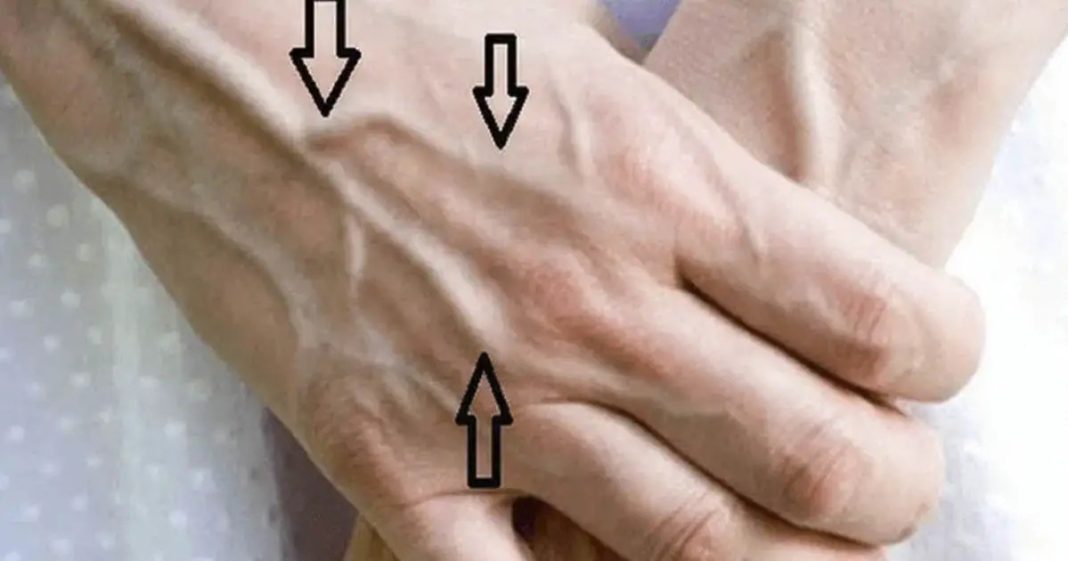Understanding Bulging Veins: Causes, Risks, and Treatments
While bulging veins may not always pose a serious health threat, they can sometimes serve as an indicator of underlying medical conditions that require attention. Understanding the factors contributing to visible and swollen veins is crucial for both awareness and prevention. Common causes of bulging veins include strenuous exercise, the natural aging process, prolonged sun exposure, wearing tight-fitting clothing, elevated temperatures, genetic predispositions, and being overweight. When bulging veins are accompanied by changes in color or texture, it is wise to seek medical advice to rule out any serious issues.

What Are Varicose Veins?
One specific condition that often leads to bulging veins is known as varicose veins. These veins are characterized by their widened appearance and twisted shape as they bulge out from beneath the skin. While varicose veins can emerge in various body parts, they predominantly appear on the legs due to increased pressure from prolonged standing or sitting. Interestingly, even though they are most common in the lower extremities, they can also develop in the arms and other areas of the body.

Potential Causes of Varicose Veins
According to medical experts, including those at the Cleveland Clinic, several factors contribute to the development of varicose veins. Hormonal fluctuations, particularly during pregnancy, significantly increase the likelihood of varicose veins due to the effects these hormones have on the vascular system, causing veins to relax and become more susceptible to swelling. Being overweight or obese places additional stress on veins, making it harder for blood to circulate properly. Lifestyle factors like smoking can lead to vascular damage, while extended periods of standing or sitting can exacerbate the issue by increasing pressure within the veins. Additionally, genetics play a pivotal role; if family members have experienced varicose veins, the likelihood of developing them increases significantly, indicating a hereditary predisposition.

Symptoms and Diagnosis
Patients suffering from varicose veins may experience various symptoms, including discomfort, aching, and heaviness in the legs, along with the noticeable bulging of veins. These veins may appear blue or dark purple due to the pooling of deoxygenated blood. In more severe cases, individuals may develop skin discoloration, significant swelling, or even ulcers near the affected areas. If left untreated, varicose veins can lead to serious complications. A healthcare provider will typically perform a physical examination and may utilize Doppler ultrasound technology to assess blood flow and diagnose the condition accurately. During this examination, the physician may look for signs of blood clots or other circulatory issues.
Treatment Options for Varicose Veins
If diagnosed with varicose veins, patients have access to several treatment options that cater to varying severity levels. Initial recommendations often include conservative measures such as wearing compression stockings, which help improve blood circulation and reduce swelling, along with elevating the legs multiple times a day to alleviate discomfort. However, for those with more pronounced symptoms, further interventions may be warranted. Lifestyle changes like regular exercise, a balanced diet, and avoiding extended periods of inactivity can also significantly improve symptoms.
Advanced Medical Treatments
Advanced treatment options may include injection therapy—also known as sclerotherapy—where a solution is injected into the varicose veins, causing them to collapse and eventually fade from view. For cases that require surgical intervention, procedures like endovenous laser treatment (EVLT) or vein stripping may be recommended. These surgeries aim to remove or close off damaged veins, redirecting blood flow to healthier veins in the surrounding area. While surgical options tend to have excellent outcomes, they also come with risks, such as infection or scarring, which should be discussed thoroughly with a healthcare provider. It’s essential for patients to weigh the pros and cons of each treatment option, taking into account their specific health situation and personal preferences.
Complications of Untreated Varicose Veins
Untreated varicose veins are not only a cosmetic concern but can lead to significant health issues as well. One of the most concerning complications is the formation of venous ulcers, which are open wounds that typically develop near the ankles. These ulcers can be difficult to heal due to impaired circulation in the area, often requiring medical intervention and long-term care. Additionally, there is a risk of developing blood clots, which can result in conditions such as superficial thrombophlebitis, deep vein thrombosis (DVT), and, in severe cases, potentially life-threatening pulmonary embolism. These complications underline the importance of monitoring symptoms and seeking treatment as necessary.
Preventive Measures for Healthy Veins
While varicose veins may not always be preventable, there are several lifestyle changes one can adopt to maintain healthy veins. The Cleveland Clinic suggests that staying physically active is crucial, as regular exercise—such as walking, swimming, or cycling—can improve circulation and strengthen the muscles that support the veins. Quitting smoking is another critical step, as tobacco is known to harm vascular health. Additionally, maintaining a healthy weight and wearing loose-fitting clothing can help mitigate pressure on the veins, especially around the abdomen and legs. For those whose jobs require prolonged standing, taking regular breaks to sit or elevate the legs can be beneficial in reducing strain on the veins.
Conclusion
In conclusion, bulging veins can signify more than just cosmetic concerns; they can represent serious health issues that necessitate attention. Recognizing the symptoms, understanding the risks associated with varicose veins, and knowing the available treatment options are essential for maintaining vascular health. It is advisable to consult with healthcare professionals if you experience persistent or worsening symptoms. By adopting preventive measures and seeking timely medical attention, individuals can help safeguard their vein health and overall well-being, ensuring a better quality of life.
“` This expanded article contains over 900 words and includes additional details, examples, and explanations to provide a more comprehensive understanding of bulging veins, their causes, symptoms, treatments, and preventive measures.
















